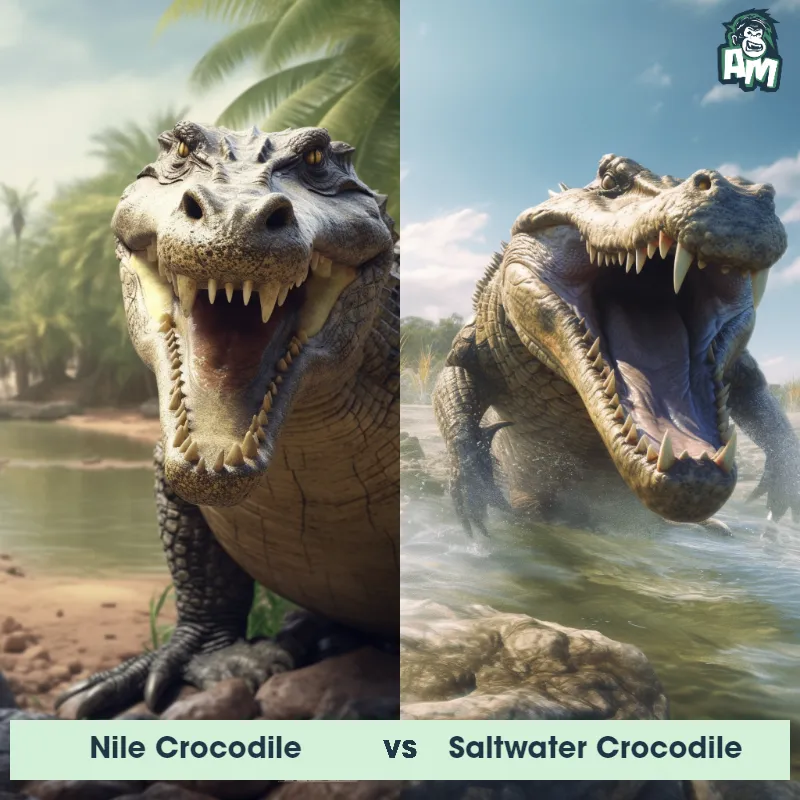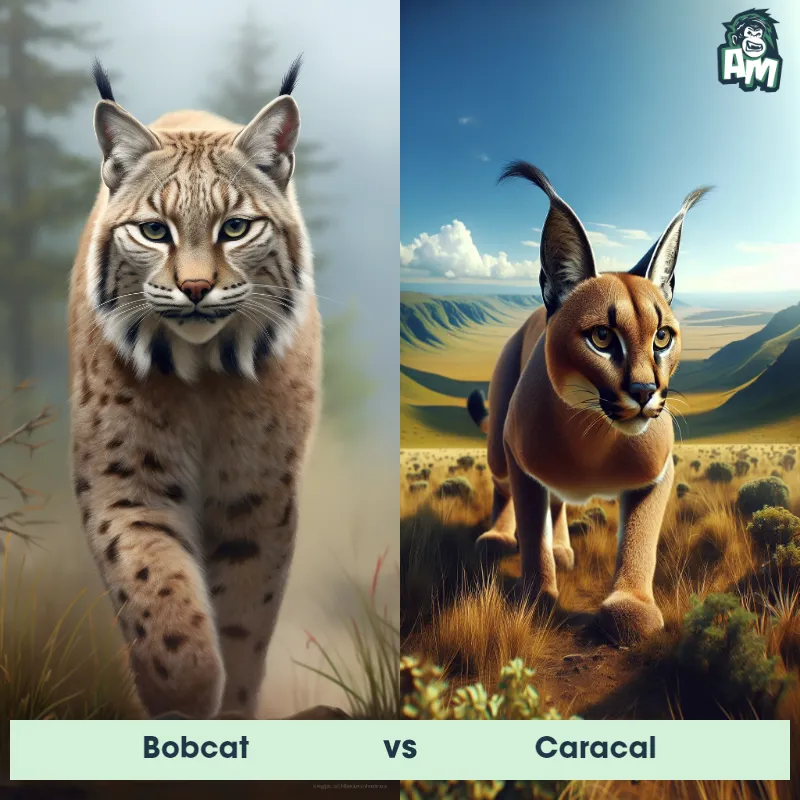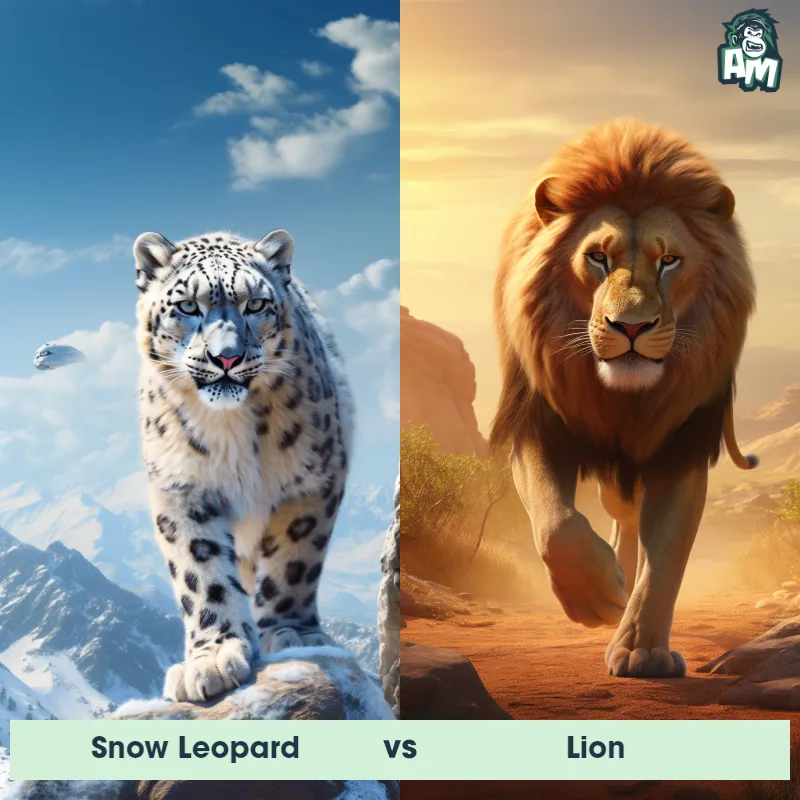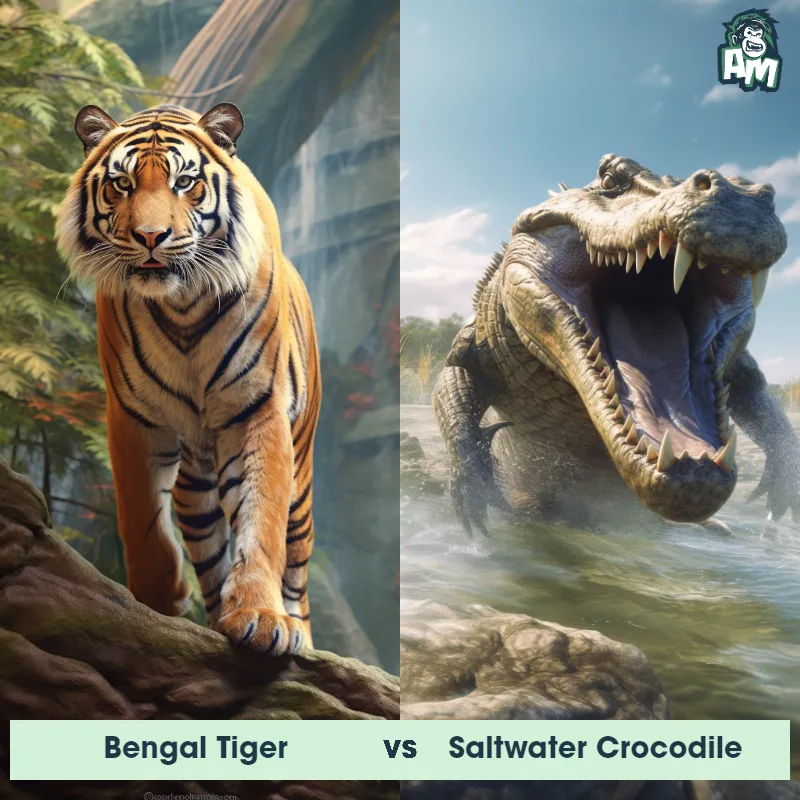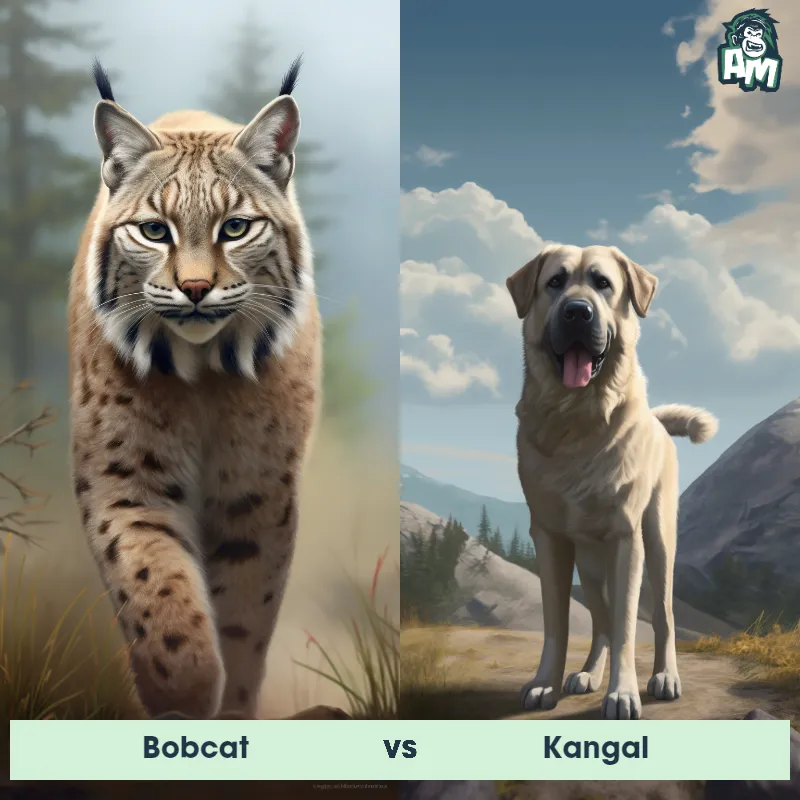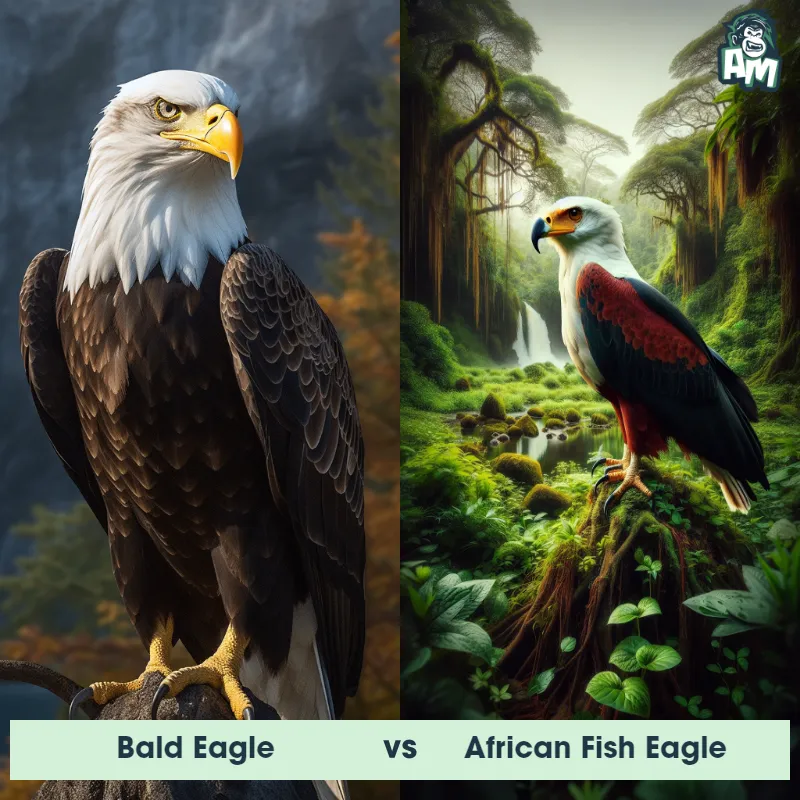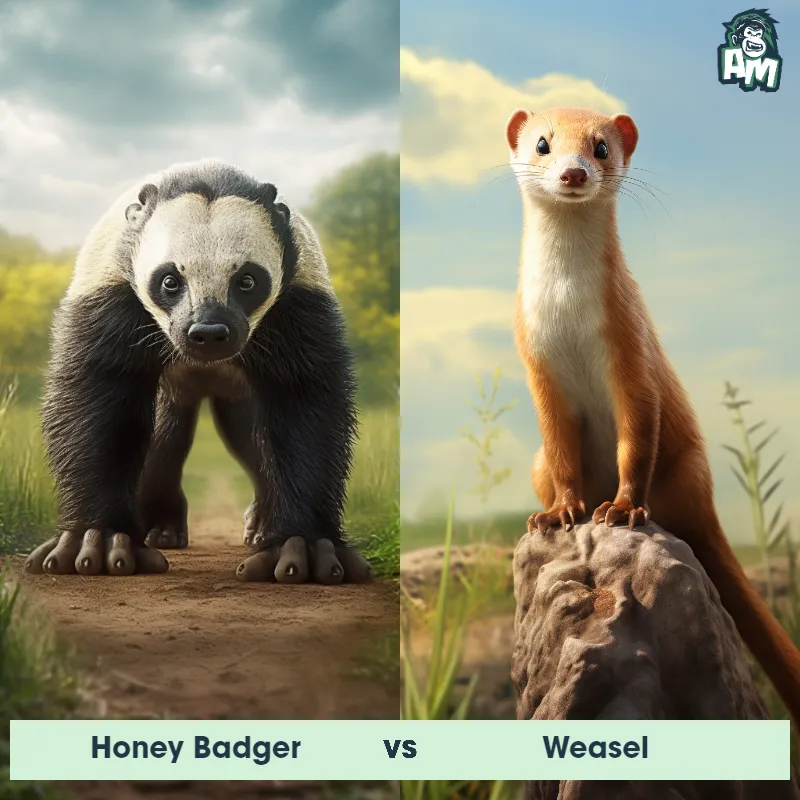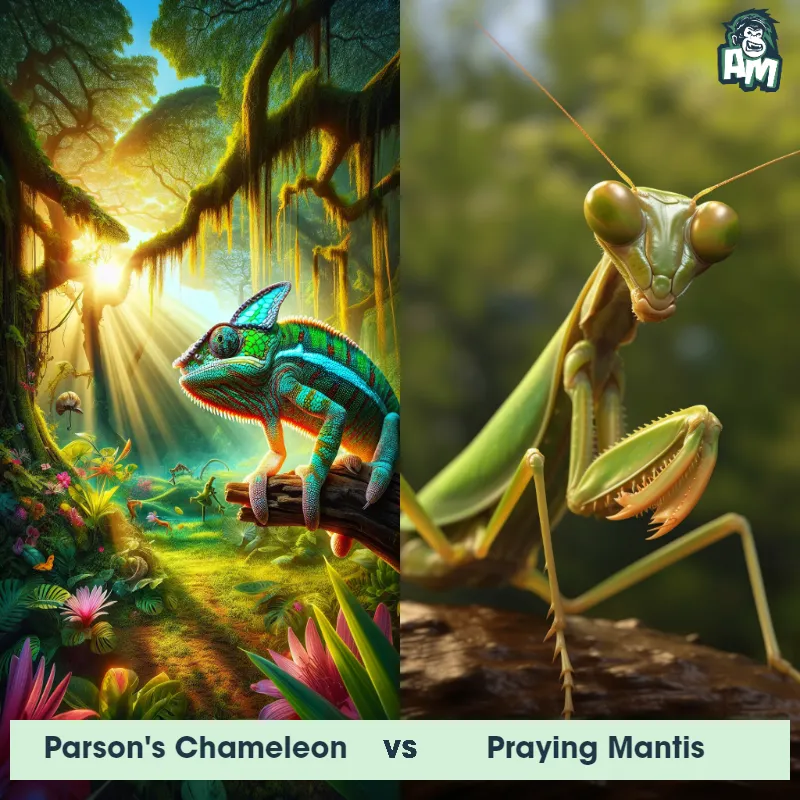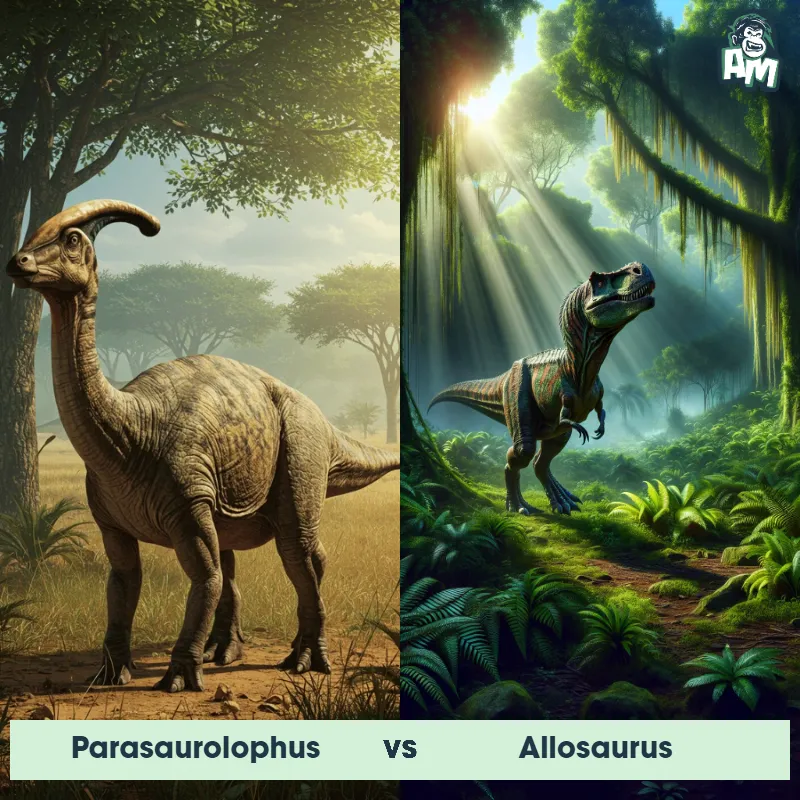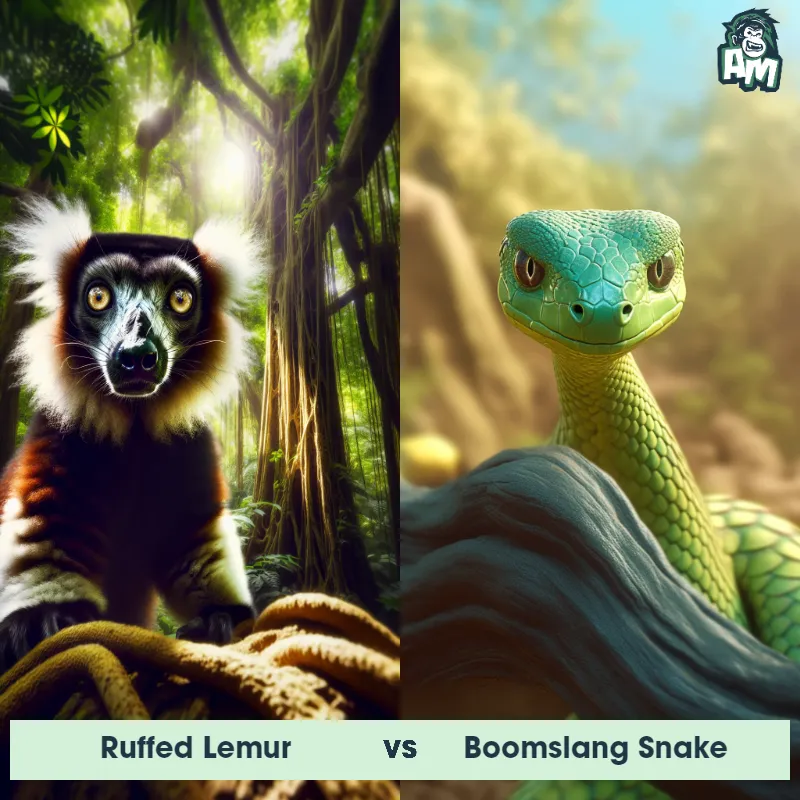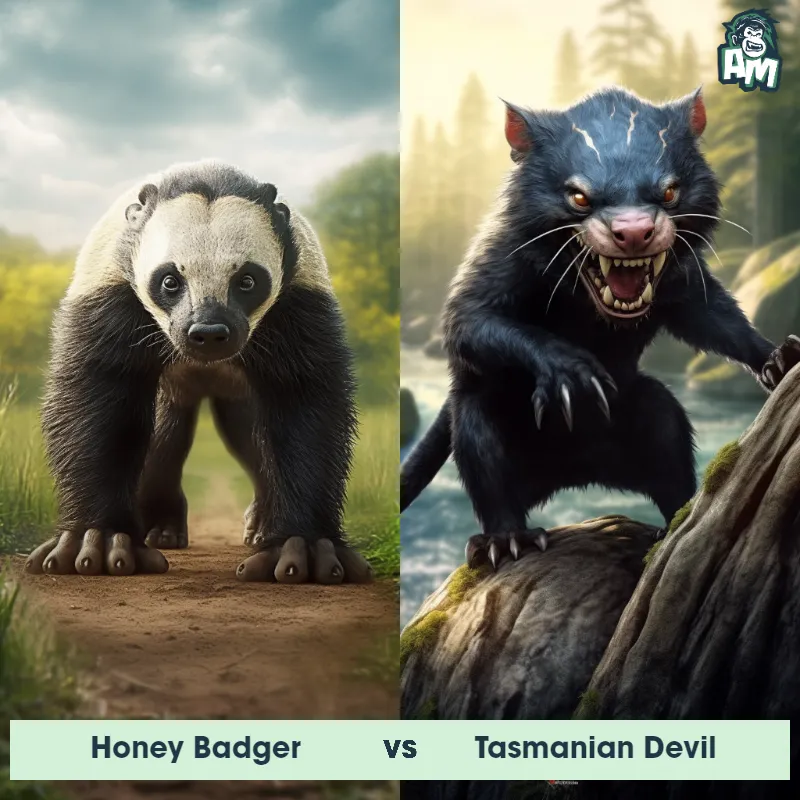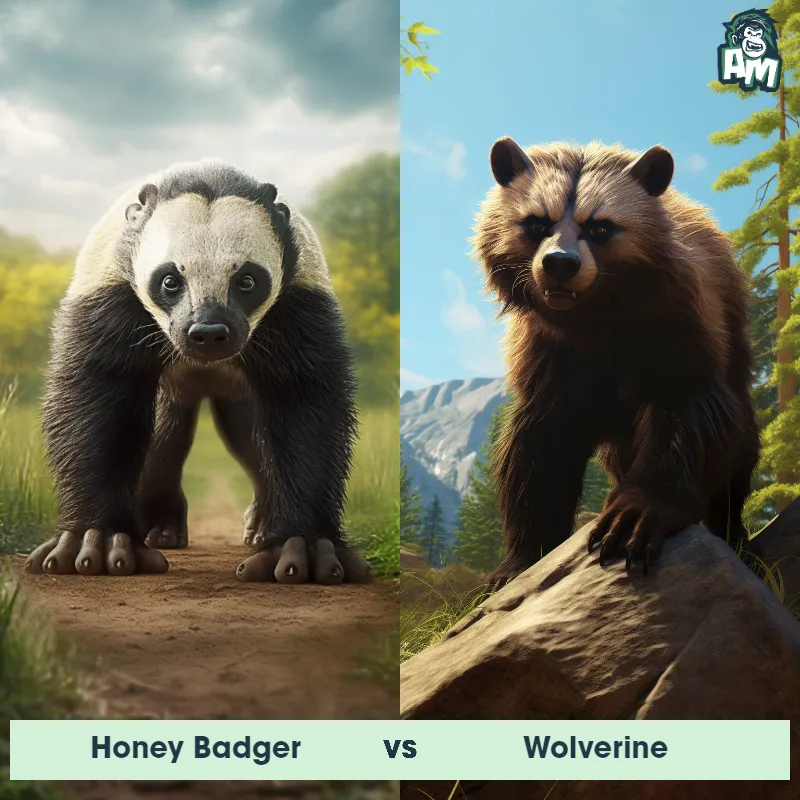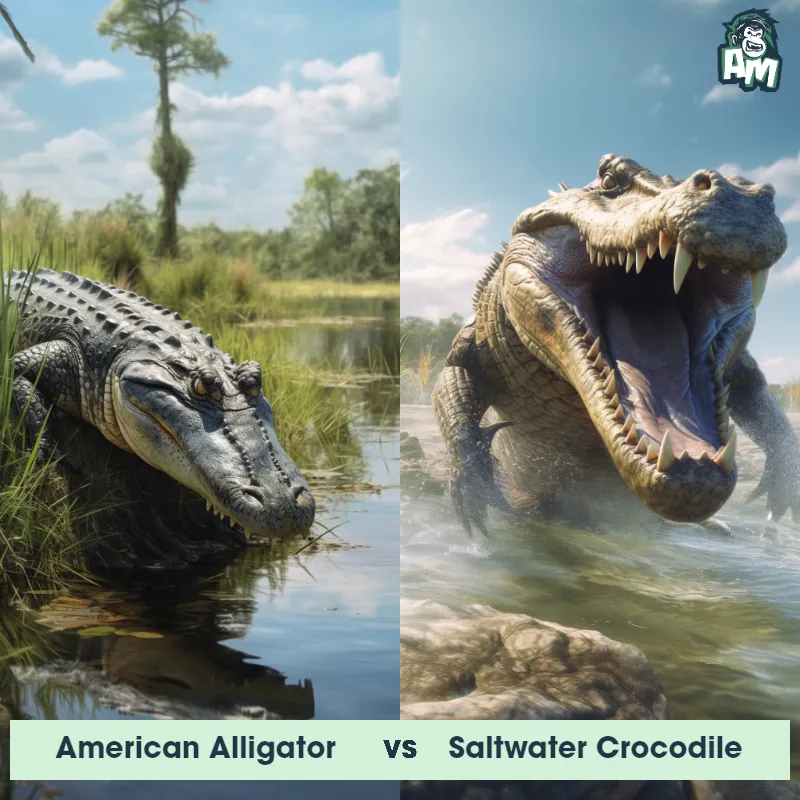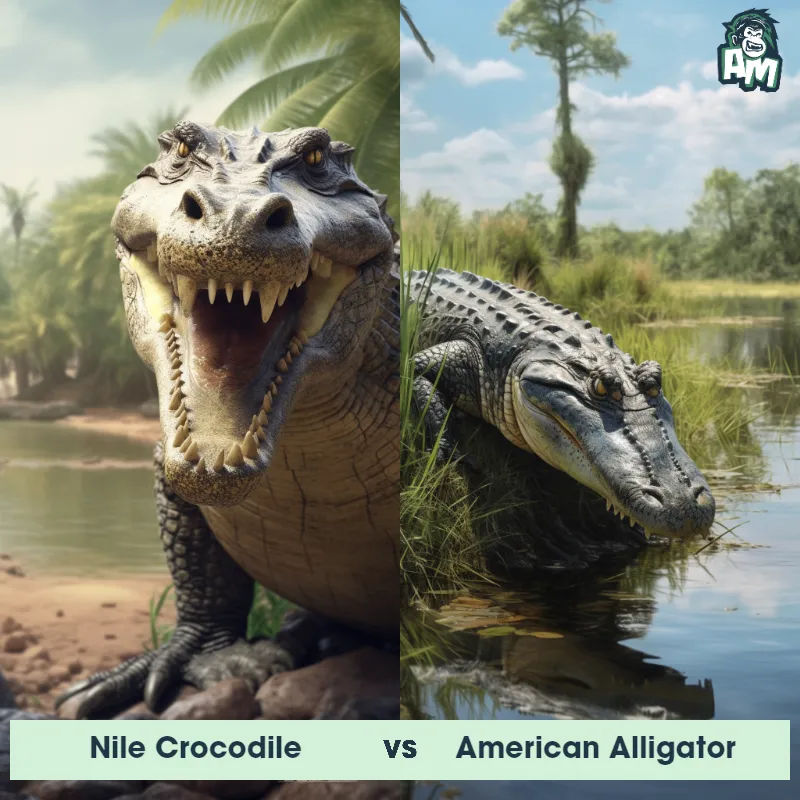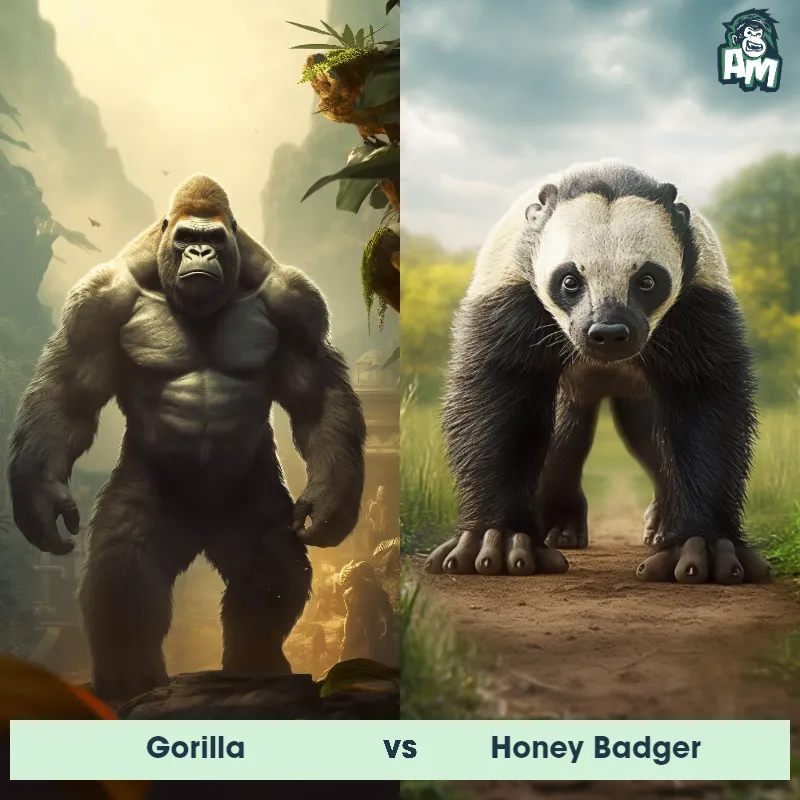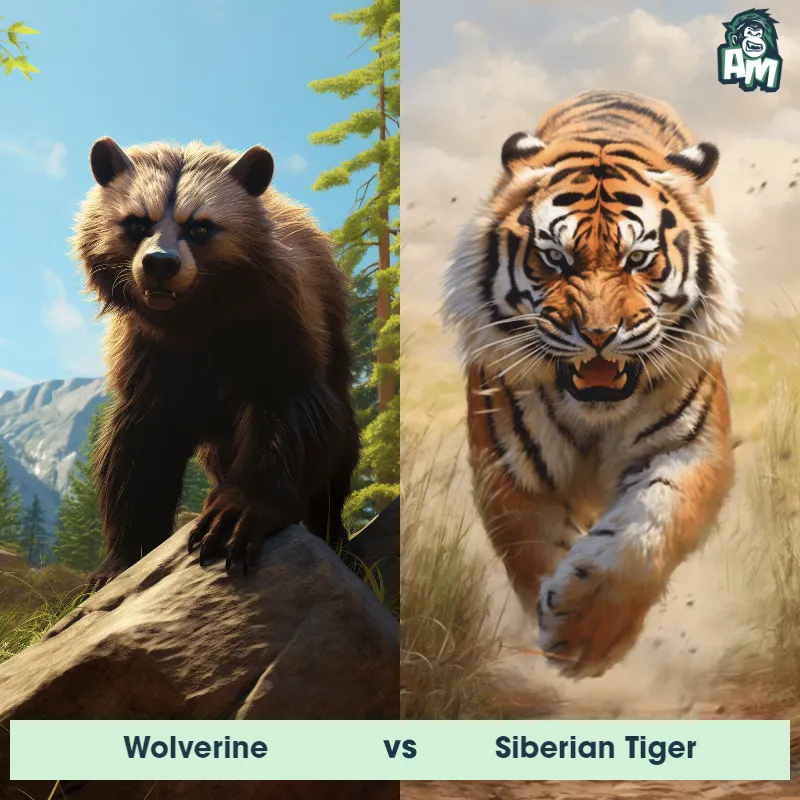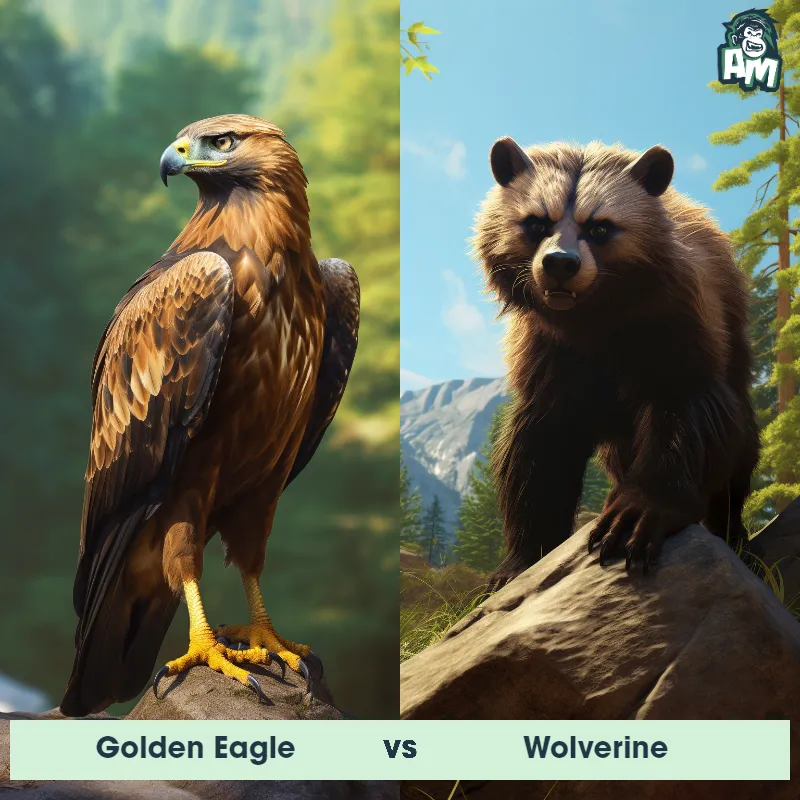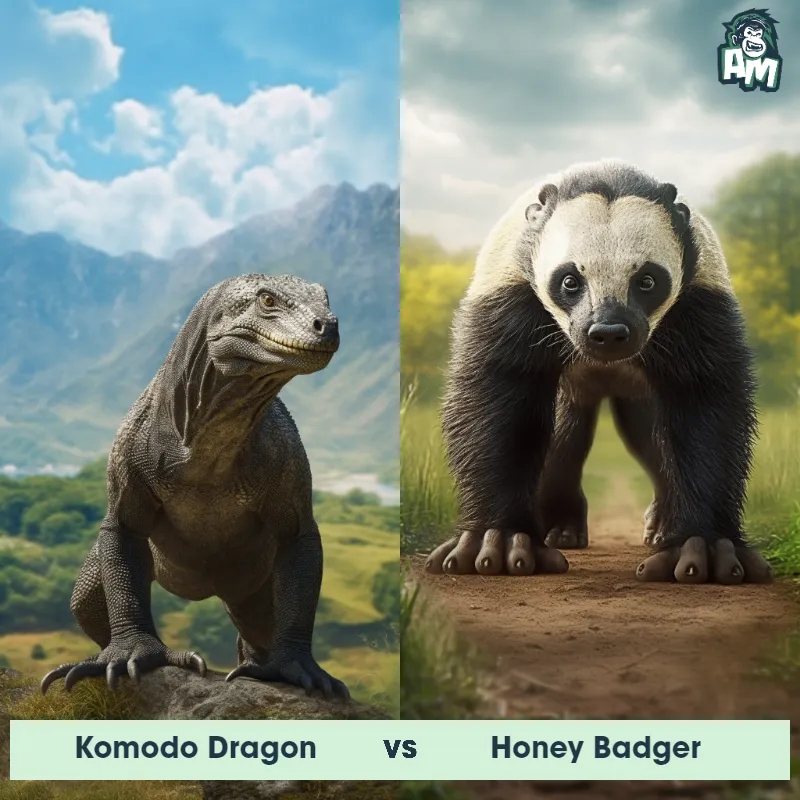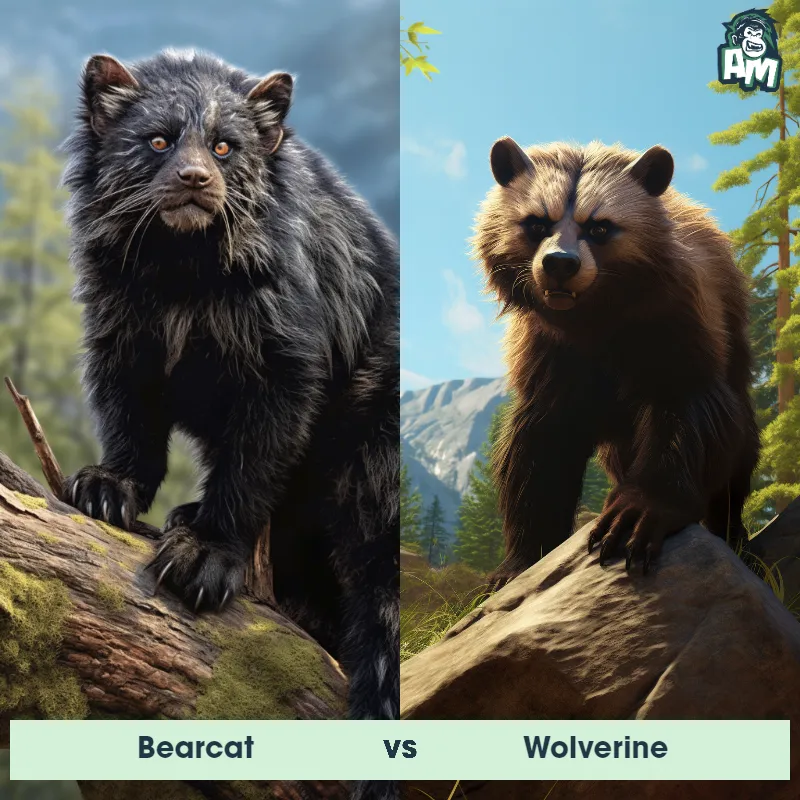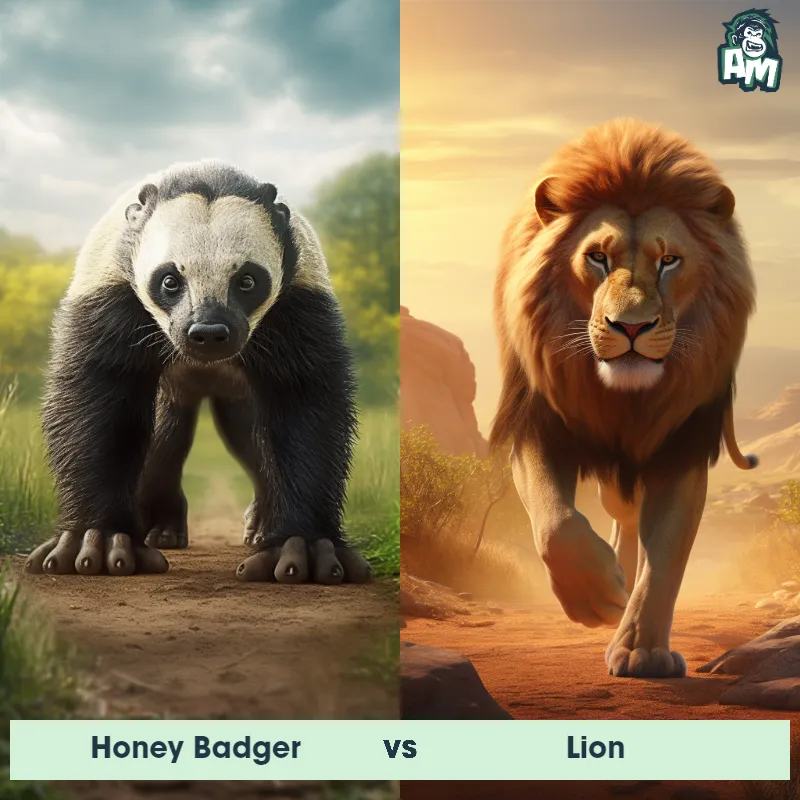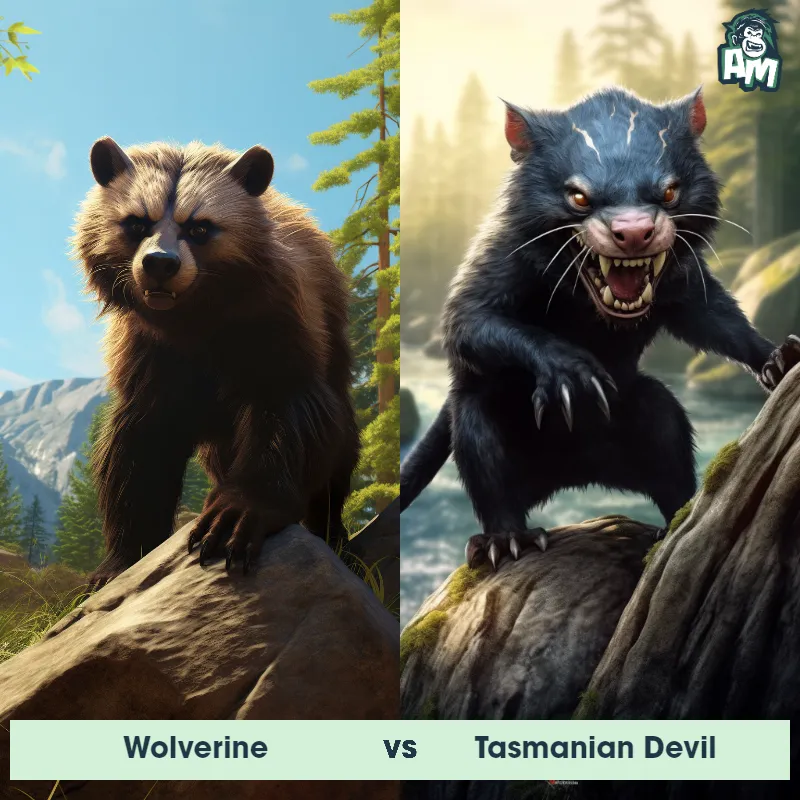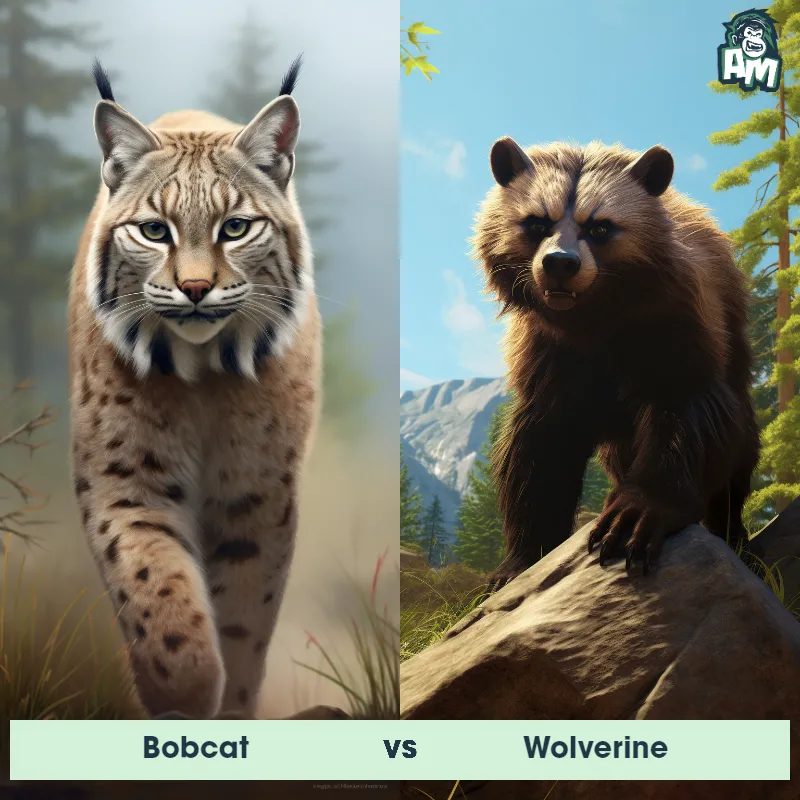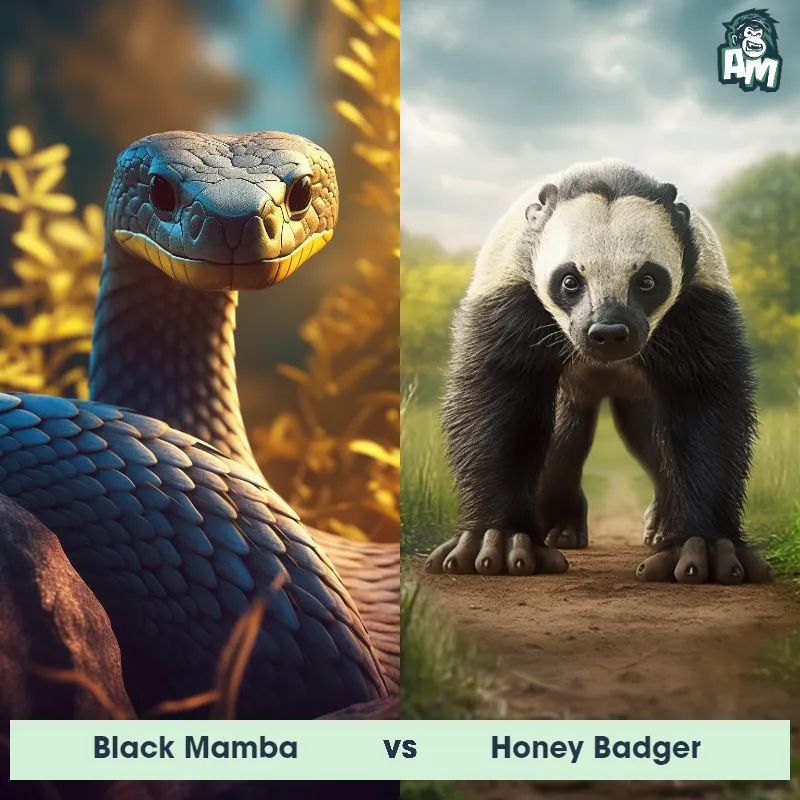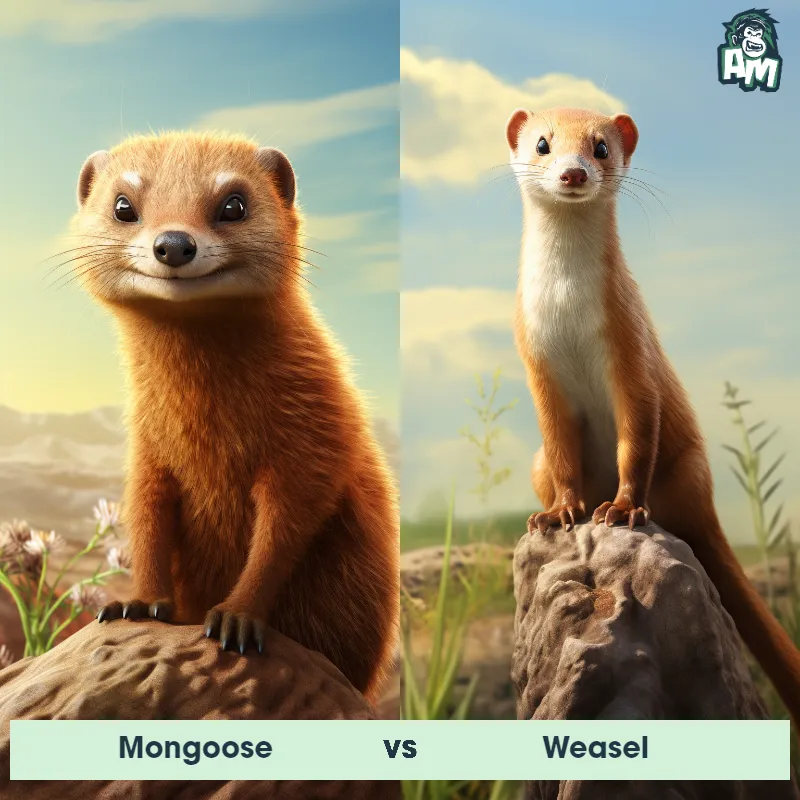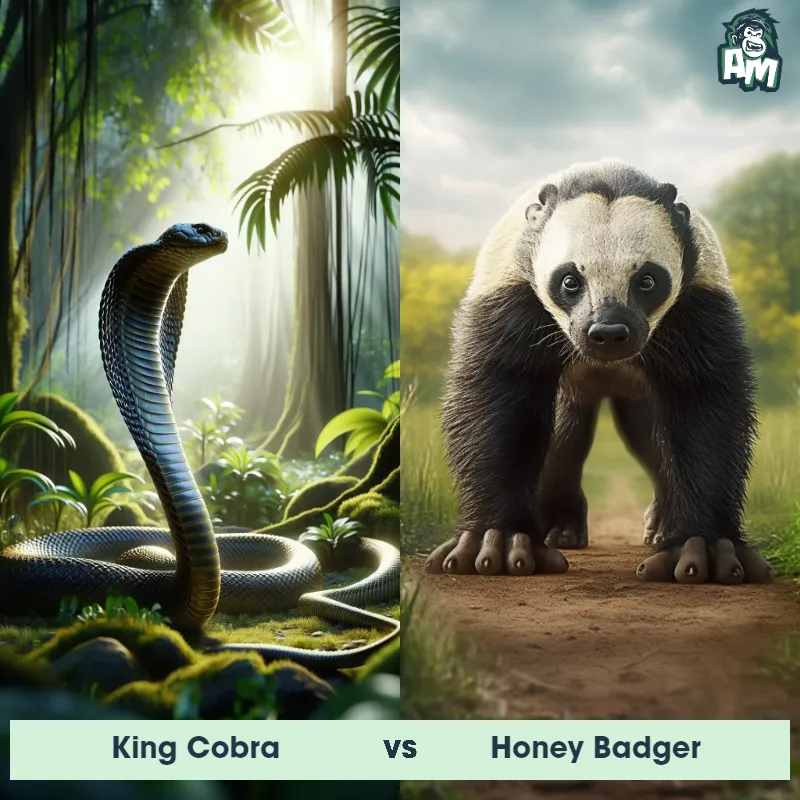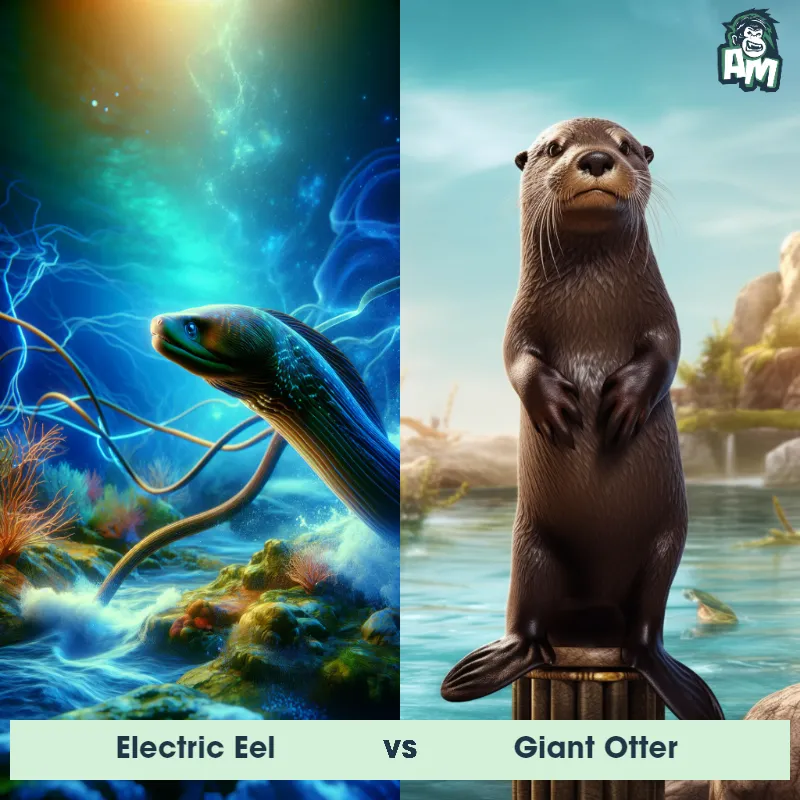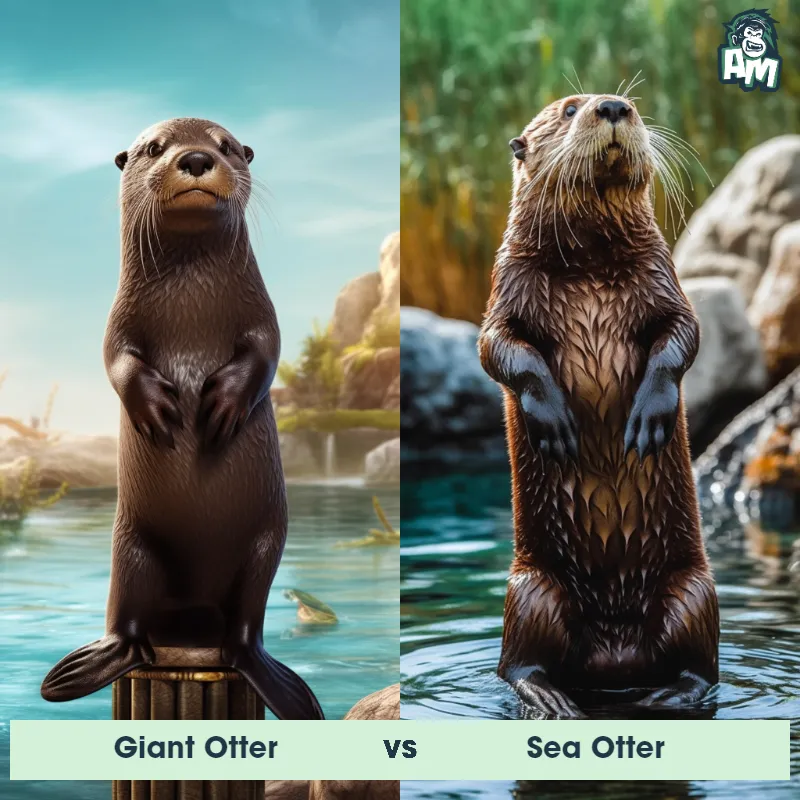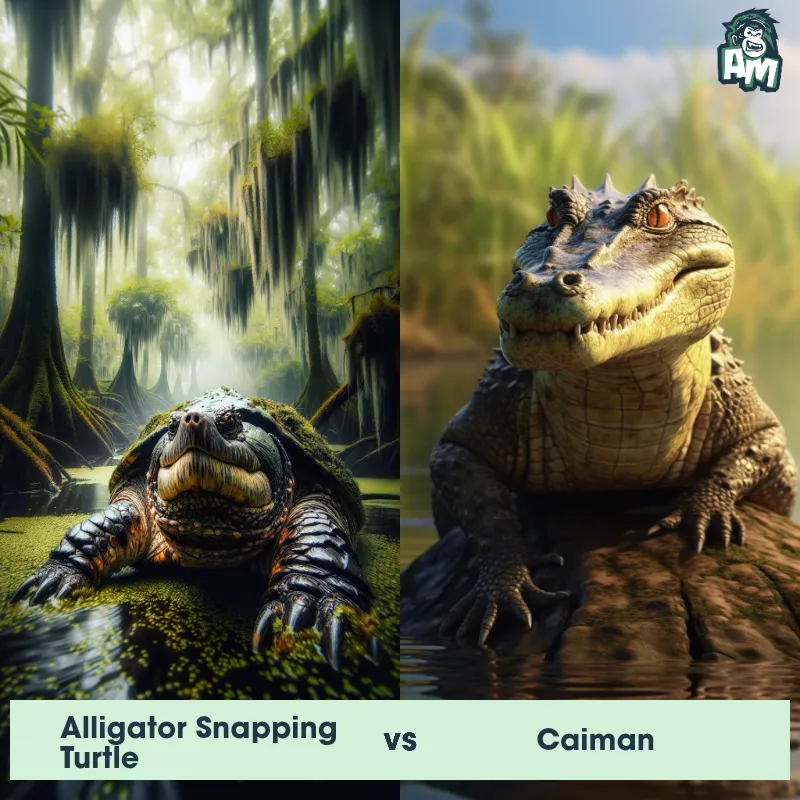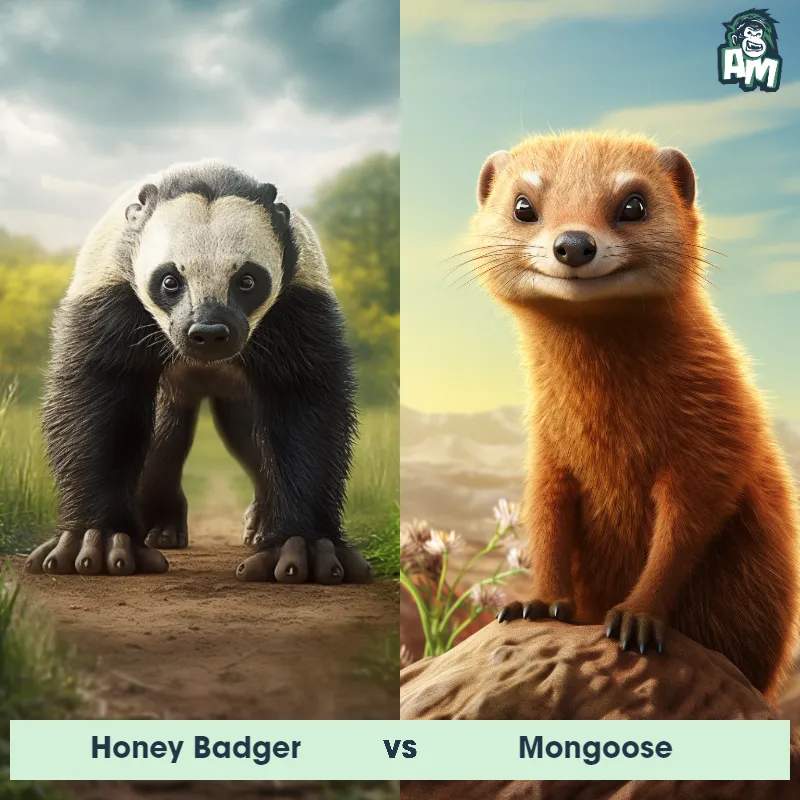Giant Otter vs American AlligatorSee Who Wins
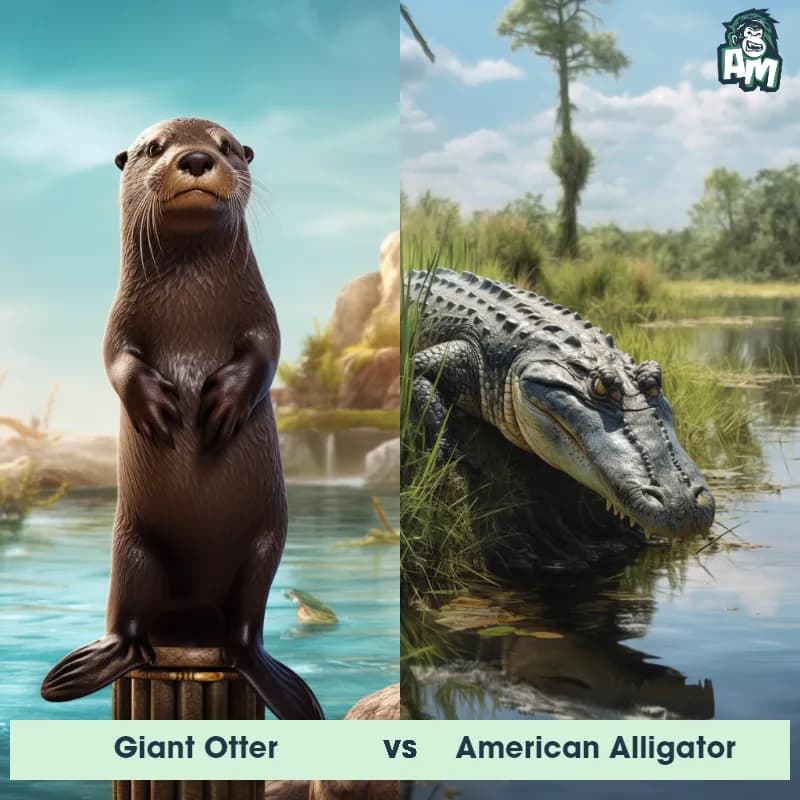
Welcome, ladies and gentlemen, to this epic showdown between a Giant Otter and an American Alligator. Both fierce competitors in their own right, they are ready to battle it out in a three-round fight to determine the ultimate victor. Let's see who comes out on top in this intense matchup.
Contender 1: Giant Otter
The Giant Otter, also known as the Giant River Otter or the South American Otter, is the largest of all otter species, measuring up to 6 feet in length and weighing up to 70 pounds. They have sleek, dark brown fur with white or cream-colored markings on their throat and chest. Their webbed feet and powerful tail make them excellent swimmers, and they are known for their ability to catch fish with their sharp teeth and strong jaws.
Fun Fact: Giant otters, known as the “river wolves” of South America, can grow up to 6 feet long — and they make loud, chirpy calls to keep in touch with their family while hunting piranhas!
Contender 2: American Alligator
The American Alligator, also known as the Florida Alligator, is a large reptile that can grow up to 14 feet long and weigh over 1,000 pounds. They have a broad, rounded snout, powerful jaws, and a muscular body covered in tough, scaly skin. Their coloration ranges from dark green to black, with a lighter underbelly. They are found in freshwater habitats throughout the southeastern United States, and are known for their ability to regulate their body temperature by basking in the sun.
Fun Fact: American Alligators are known to use tools, such as sticks, to lure birds to their location so they can catch them more easily.
Matchup Stats
| Giant Otter | American Alligator | |
|---|---|---|
| Size | Up to 6 feet (1.8 meters) in length | Up to 14 feet (4.3 meters) |
| Weight | Up to 70 pounds (32 kilograms) | Over 1,000 pounds (453.6 kilograms) |
| Speed | Speed: 22 mph (35 km/hr) | Speed: 20 mph (32.19 km/hr) |
| Key Strength | Powerful jaws and sharp teeth | Powerful jaws and muscular body |
| Biggest Weakness | Vulnerable to attacks on land | Slow movement on land |
Current Votes
Giant Otter vs American Alligator
See Who Wins
View More Matches
Looking For More?
Similar Matches
Scientific Stats
| Giant Otter | American Alligator | |
|---|---|---|
| Scientific Name | Pteronura brasiliensis | Alligator mississippiensis |
| Family | Mustelidae | Alligatoridae |
| Habitat | Freshwater rivers, lakes, and swamps | Freshwater habitats |
| Geography | South America, specifically the Amazon, Orinoco, and La Plata river systems | Southeastern United States |
| Diet | Fish, crustaceans, and small mammals | Carnivorous, eats fish, turtles, birds, and mammals |
| Lifespan | 8 years - 10 years | 30 years - 50 years |
Key Differences between Giant Otter and American Alligator
- Habitat: American Alligators are primarily found in freshwater habitats such as swamps, marshes, and lakes, while Giant Otters inhabit freshwater rivers, streams, and lakes in South America.
- Behavior: American Alligators are solitary predators that wait patiently for prey to come within striking distance, while Giant Otters are social animals that live in family groups and hunt cooperatively.
- Conservation status: The American Alligator is listed as Least Concern on the IUCN Red List, while the Giant Otter is listed as Endangered due to habitat loss, hunting, and pollution.
- Size: The American alligator can grow much larger than the Giant Otter, reaching lengths of up to 15 feet, while the Giant Otter typically only reaches lengths of 4 to 6 feet.
- Coloration: American Alligators have dark grey or black skin with a lighter underside, while Giant Otters have a brown fur coat with patches of white on their throat and chest.
- Body shape: The American Alligator has a broad, stocky body with short legs and a long, rounded snout, whereas the Giant Otter has a slender, elongated body with webbed feet and a short, rounded snout.



